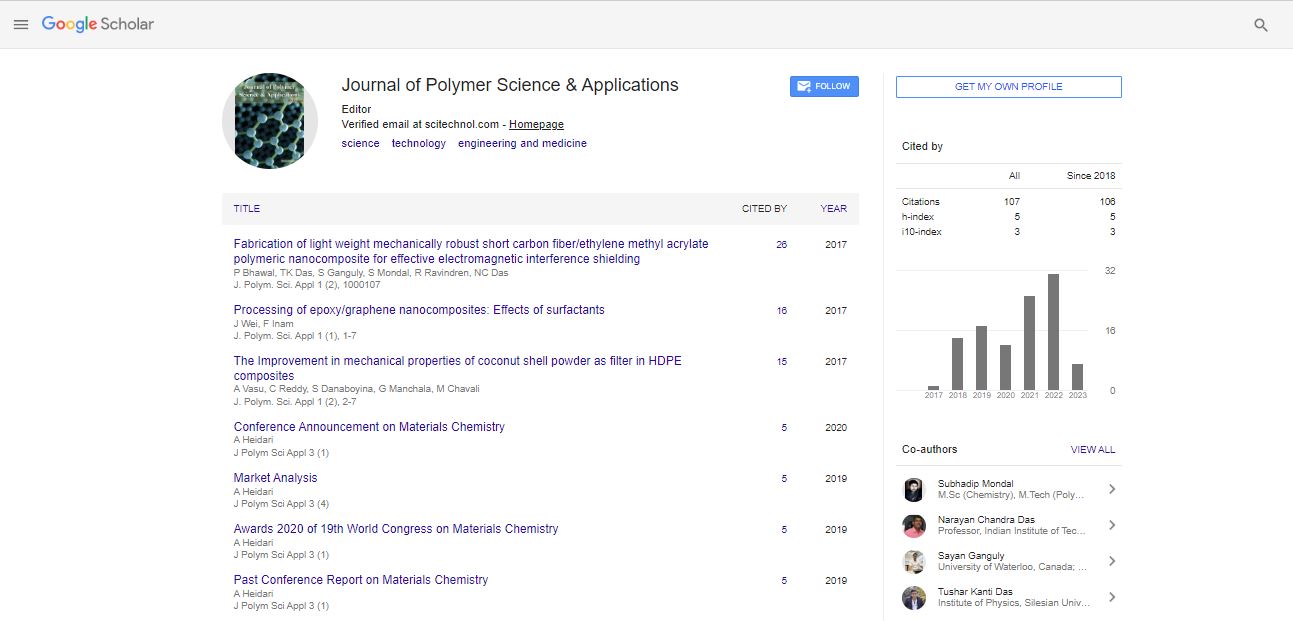Biologically inspired POSS-based inks for bone grafts
A Lungu, A Cernencu, A Dinu, S Dinescu and H Iovu
University Politehnica of Bucharest, Romania
: J Polym Sci Appl
Abstract
The combination of different types of nano-fillers into a polymeric matrix used to achieve nanocomposites is a very modern approach and, in the same time, a popular strategy since it favors the interfacial interactions between fillers and the polymer matrix leading to improved properties. Nanocomposite inks are considered also a great promise in 3D (bio) printing to fabricate scaffolds based on polymeric composite materials for various biomedical proposes. The current research study is focused on pursuing the potential in bone tissue engineering of a fascinating combination of two different types of reactive nano-fillers integrated into a hydrophilic polymeric matrix: organic-inorganic nanosized fillers known as polyhedral oligomeric silsesquioxanes (POSS), and nanocellulose (CNF). A mixture of gelatin and pectin was considered as organic matrix for the newly synthesized nanocomposites; both biopolymers were prior functionalized with methacrylate groups to undergo photo crosslinking reaction on exposure to UV light. The so-prepared photocrosslinkable nanocomposites were employed to fabricate cellular constructs through 3D bio printing using murine osteoblast cells. The nanocomposite inks synthetized herein have proven suitable rheological and mechanical properties. Furthermore, the in vitro cell studies demonstrated the excellent biocompatibility and osteogenic potential of the printed nanocomposite scaffolds. We thus envisioned our hybrid multilateral scaffolds provide the cells with the optimal environment for tissue regeneration and could be ideal candidates for 3D printing bone grafts.
 Spanish
Spanish  Chinese
Chinese  Russian
Russian  German
German  French
French  Japanese
Japanese  Portuguese
Portuguese  Hindi
Hindi 